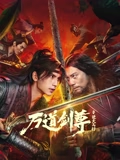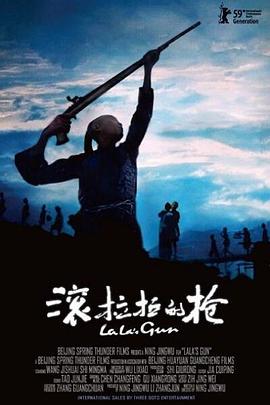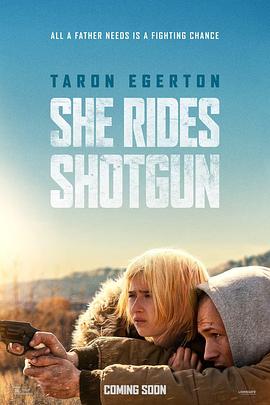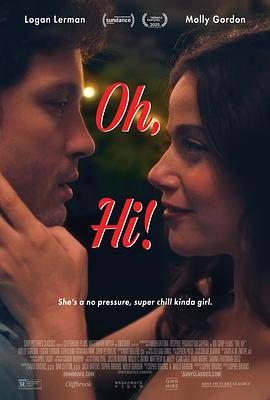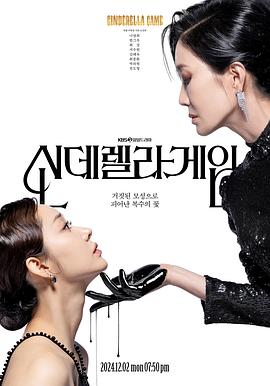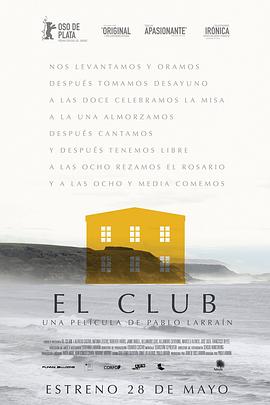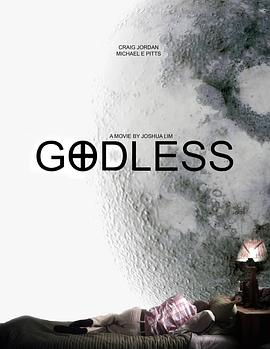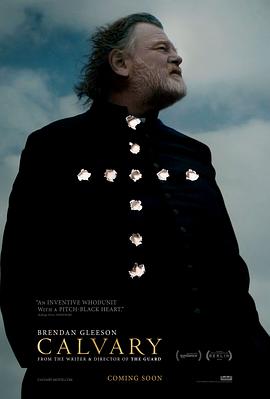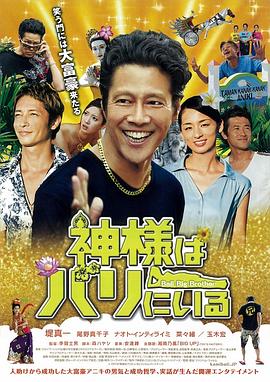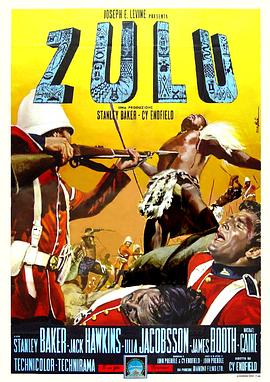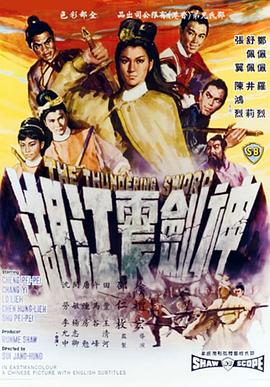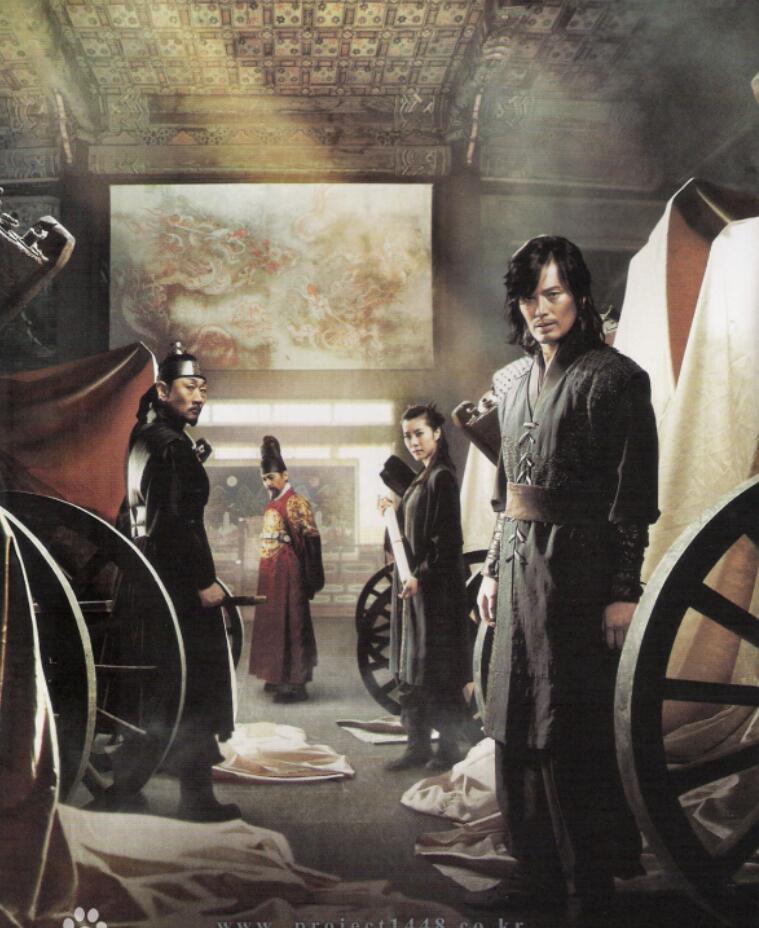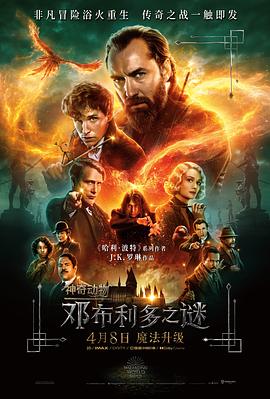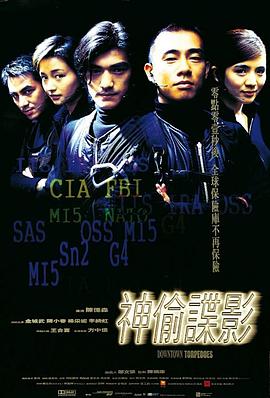The film portrays a protagonist who is completely different from traditional rural cadres. He is a powerful implementator of the Party's policies and [Expand All]
The film portrays a protagonist who is completely different from traditional rural cadres. He is a powerful implementator of the Party's policies and a folk inheritor of excellent traditional culture. He organically combines the two, unites people's hearts, mobilizes the enthusiasm of villagers, and uses the collective strength to achieve the all-round development of the village's spirit, politics and economy. In the process of telling the story, the film opposes preaching and focuses on practicality. It shows the audience practices such as "live broadcasting of village committee meetings", linking the selection of "Five Good Families" with economic interests, and conducting the "Who blocks the light for the Village, who Adds the Light for the Village" writing and review activities to stimulate villagers' democratic participation awareness, making the film closer to the lives of farmers and more realistic and credible. In terms of the story structure, the film takes the development process of the village as the main thread, interspersed with the joys and sorrows of several families. The constantly emerging conflicts and contradictions greatly enhance the film's watchability, allowing the audience to unconsciously immerse themselves in the plot of the film.[Collapse]

